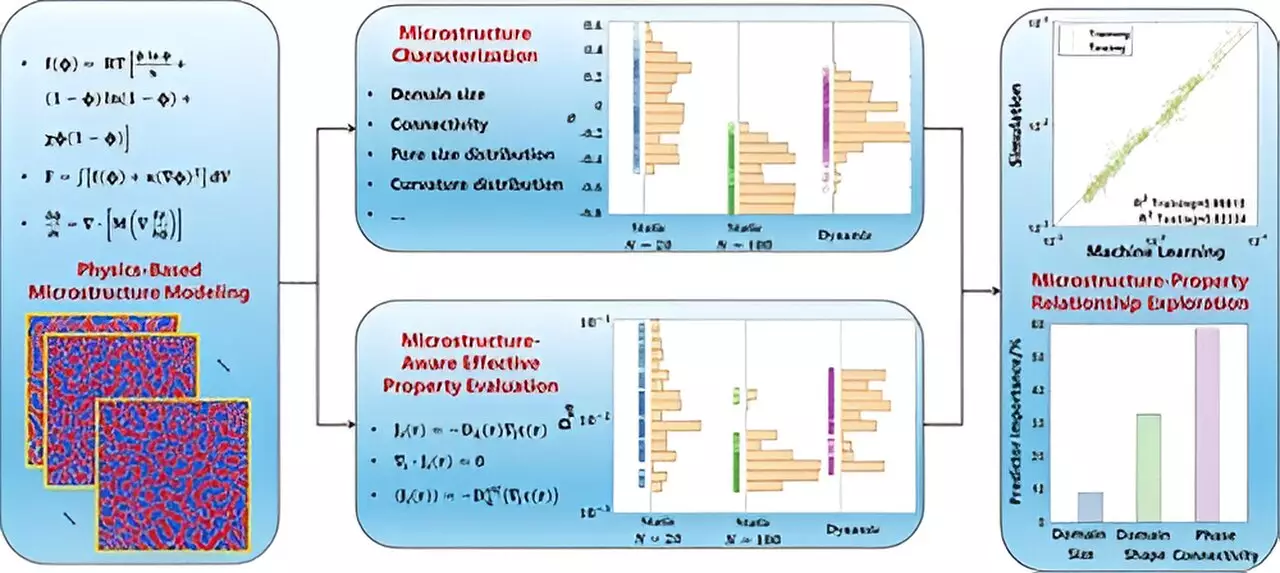In the realm of material science, the intricate relationship between microstructure features and material properties is a focal point of research and innovation. The efficacy of structural and functional materials hinges on our understanding of how these microstructural components interact and contribute to the overall performance of the material. Nevertheless, deciphering this relationship presents significant obstacles, given the complexity involved in assessing how microstructural variations can affect material properties on both a macro and micro scale.
Addressing these challenges, a team of scientists at Lawrence Livermore National Laboratory (LLNL) has pioneered a sophisticated computational framework that offers a comprehensive strategy to investigate the implications of porous microstructures in materials. This innovative framework incorporates a variety of methodologies, including physics-based microstructure modeling, effective property evaluation—attuned to these microstructures—and advanced machine-learning techniques for data analysis. Lead author Longsheng Feng articulates the essence of this framework by highlighting its capacity to combine multiple analytical approaches to better understand how microstructural features relate to overall material performance.
The LLNL research team specifically targeted polymer-based porous materials as a model system for their experimental framework. By applying this methodology, the researchers were able to probe into how polymerization dynamics influence essential microstructure characteristics such as domain size and pore size distribution. These factors are critical since they directly correlate with transport properties, which are vital for applications ranging from filtration to energy storage systems. Co-author Tae Wook Heo emphasized the dual objective of their study—understanding the formation of microstructures and the effective evaluation of their properties—while also identifying specific features that govern different material properties.
The implications of this research are profound: by elucidating the relationships between microstructure features and material properties, scientists can refine processing techniques to design specific microstructures tailored for desired outcomes. As highlighted by co-author Juergen Biener, understanding these correlations not only enhances our grasp of polymeric porous materials but also broadens their potential applications, particularly in fields requiring precision, such as the development of specialized membranes.
The integration of computational modeling with experimental data presents a promising frontier in material science. The LLNL team’s pioneering framework serves not just as a tool for analysis but as a foundational bedrock for developing next-generation materials with bespoke properties. This research underscores a significant leap toward achieving the complex interplay between microstructure and material characteristics, potentially revolutionizing how we design and utilize advanced materials in various applications moving forward. The journey towards enhanced material performance is not merely a scientific endeavor, but a crucial step toward addressing broader technological challenges.


Leave a Reply